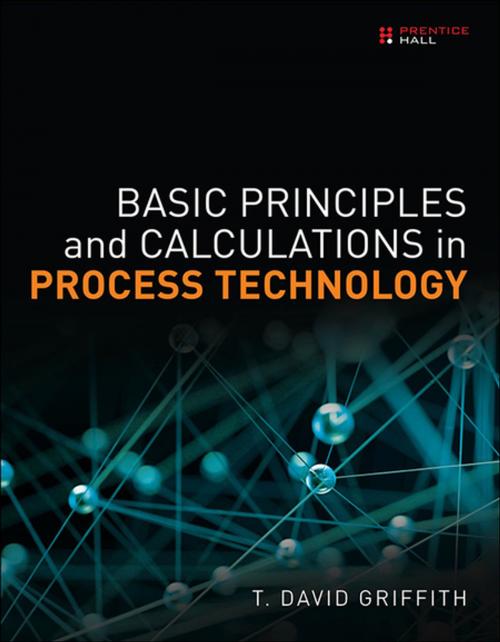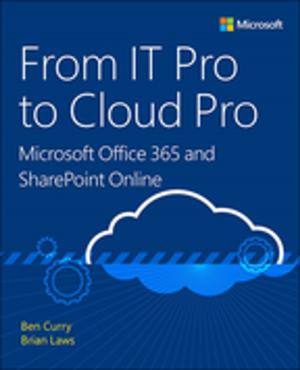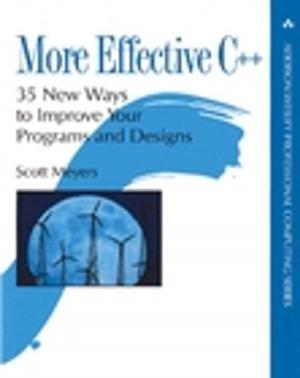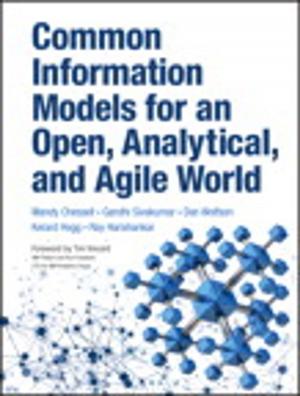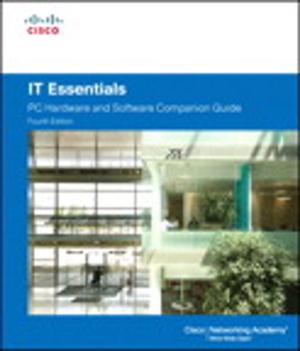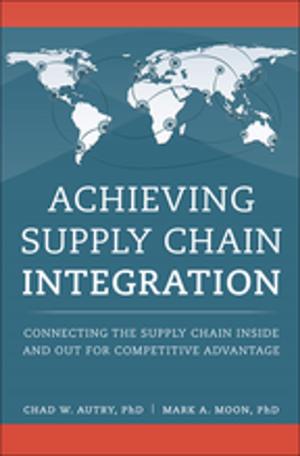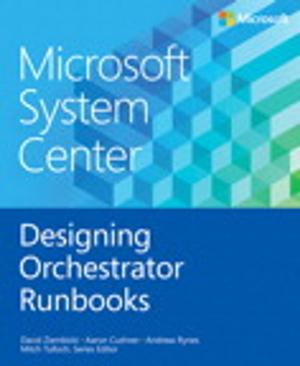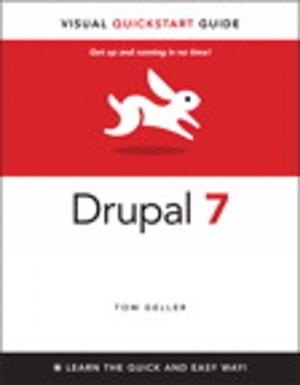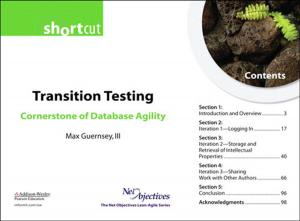Basic Principles and Calculations in Process Technology
Nonfiction, Science & Nature, Technology, Engineering, Chemical & Biochemical, Mechanical| Author: | T. David Griffith | ISBN: | 9780133388350 |
| Publisher: | Pearson Education | Publication: | September 2, 2015 |
| Imprint: | Prentice Hall | Language: | English |
| Author: | T. David Griffith |
| ISBN: | 9780133388350 |
| Publisher: | Pearson Education |
| Publication: | September 2, 2015 |
| Imprint: | Prentice Hall |
| Language: | English |
A Practical Guide to Physical and Chemical Principles and Calculations for Today’s Process Control Operators
** **
In Basic Principles and Calculations in Process Technology, author T. David Griffith walks process technologists through the basic principles that govern their operations, helping them collaborate with chemical engineers to improve both safety and productivity. He shows process operators how to go beyond memorizing rules and formulas to understand the underlying science and physical laws, so they can accurately interpret anomalies and respond appropriately when exact rules or calculation methods don’t exist.
** **
Using simple algebra and non-technical analogies, Griffith explains each idea and technique without calculus. He introduces each topic by explaining why it matters to process technologists and offers numerous examples that show how key principles are applied and calculations are performed. For end-of-chapter problems, he provides the solutions in plain-English discussions of how and why they work. Chapter appendixes provide more advanced information for further exploration.
Basic Principles and Calculations in Process Technology is an indispensable, practical resource for every process technologist who wants to know “what the numbers mean” so they can control their systems and processes more efficiently, safely, and reliably.
T. David Griffith received his B.S. in chemical engineering from The University of Texas at Austin and his Ph.D. from the University of Wisconsin-Madison, then top-ranked in the discipline. After working in research on enhanced oil recovery (EOR), he cofounded a small chemical company, and later in his career he developed a record-setting Electronic Data Interchange (EDI) software package. He currently instructs in the hydrocarbon processing industry.
Coverage includes
• Preparing to solve problems by carefully organizing them and establishing consistent sets of measures
• Calculating areas and volumes, including complex objects and interpolation
• Understanding Boyle’s Law, Charles’s Law, and the Ideal Gas Law
• Predicting the behavior of gases under extreme conditions
• Applying thermodynamic laws to calculate work and changes in gas enthalpy, and to recognize operational problems
• Explaining phase equilibria for distillation and fractionalization
• Estimating chemical reaction speed to optimize control
• Balancing material or energy as they cross system boundaries
• Using material balance calculations to confirm quality control and prevent major problems
• Calculating energy balances and using them to troubleshoot poor throughput
• Understanding fluid flow, including shear, viscosity, laminar and turbulent flows, vectors, and tensors
• Characterizing the operation of devices that transport heat energy for heating or cooling
• Analyzing mass transfer in separation processes for materials purification
A Practical Guide to Physical and Chemical Principles and Calculations for Today’s Process Control Operators
** **
In Basic Principles and Calculations in Process Technology, author T. David Griffith walks process technologists through the basic principles that govern their operations, helping them collaborate with chemical engineers to improve both safety and productivity. He shows process operators how to go beyond memorizing rules and formulas to understand the underlying science and physical laws, so they can accurately interpret anomalies and respond appropriately when exact rules or calculation methods don’t exist.
** **
Using simple algebra and non-technical analogies, Griffith explains each idea and technique without calculus. He introduces each topic by explaining why it matters to process technologists and offers numerous examples that show how key principles are applied and calculations are performed. For end-of-chapter problems, he provides the solutions in plain-English discussions of how and why they work. Chapter appendixes provide more advanced information for further exploration.
Basic Principles and Calculations in Process Technology is an indispensable, practical resource for every process technologist who wants to know “what the numbers mean” so they can control their systems and processes more efficiently, safely, and reliably.
T. David Griffith received his B.S. in chemical engineering from The University of Texas at Austin and his Ph.D. from the University of Wisconsin-Madison, then top-ranked in the discipline. After working in research on enhanced oil recovery (EOR), he cofounded a small chemical company, and later in his career he developed a record-setting Electronic Data Interchange (EDI) software package. He currently instructs in the hydrocarbon processing industry.
Coverage includes
• Preparing to solve problems by carefully organizing them and establishing consistent sets of measures
• Calculating areas and volumes, including complex objects and interpolation
• Understanding Boyle’s Law, Charles’s Law, and the Ideal Gas Law
• Predicting the behavior of gases under extreme conditions
• Applying thermodynamic laws to calculate work and changes in gas enthalpy, and to recognize operational problems
• Explaining phase equilibria for distillation and fractionalization
• Estimating chemical reaction speed to optimize control
• Balancing material or energy as they cross system boundaries
• Using material balance calculations to confirm quality control and prevent major problems
• Calculating energy balances and using them to troubleshoot poor throughput
• Understanding fluid flow, including shear, viscosity, laminar and turbulent flows, vectors, and tensors
• Characterizing the operation of devices that transport heat energy for heating or cooling
• Analyzing mass transfer in separation processes for materials purification
